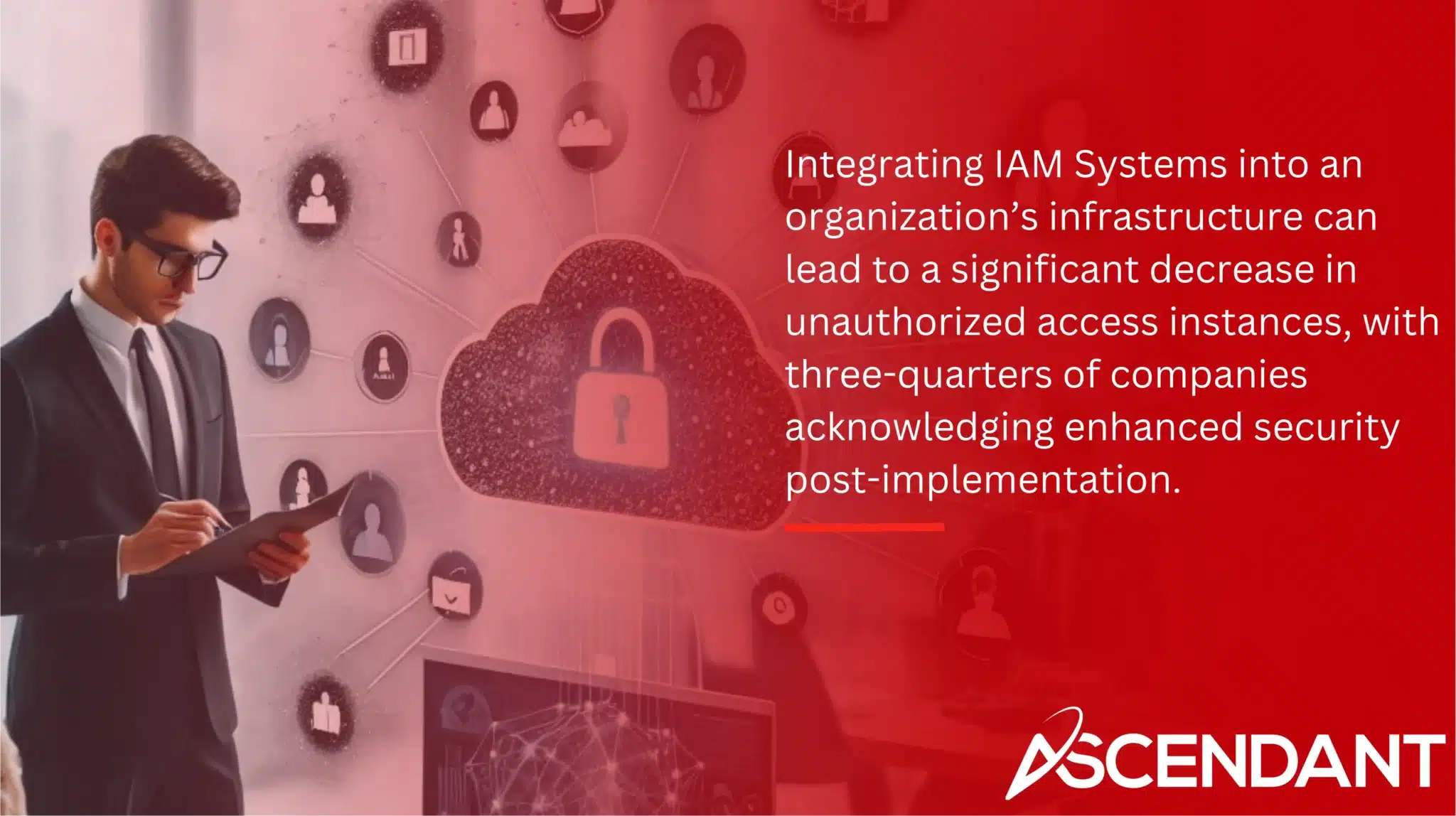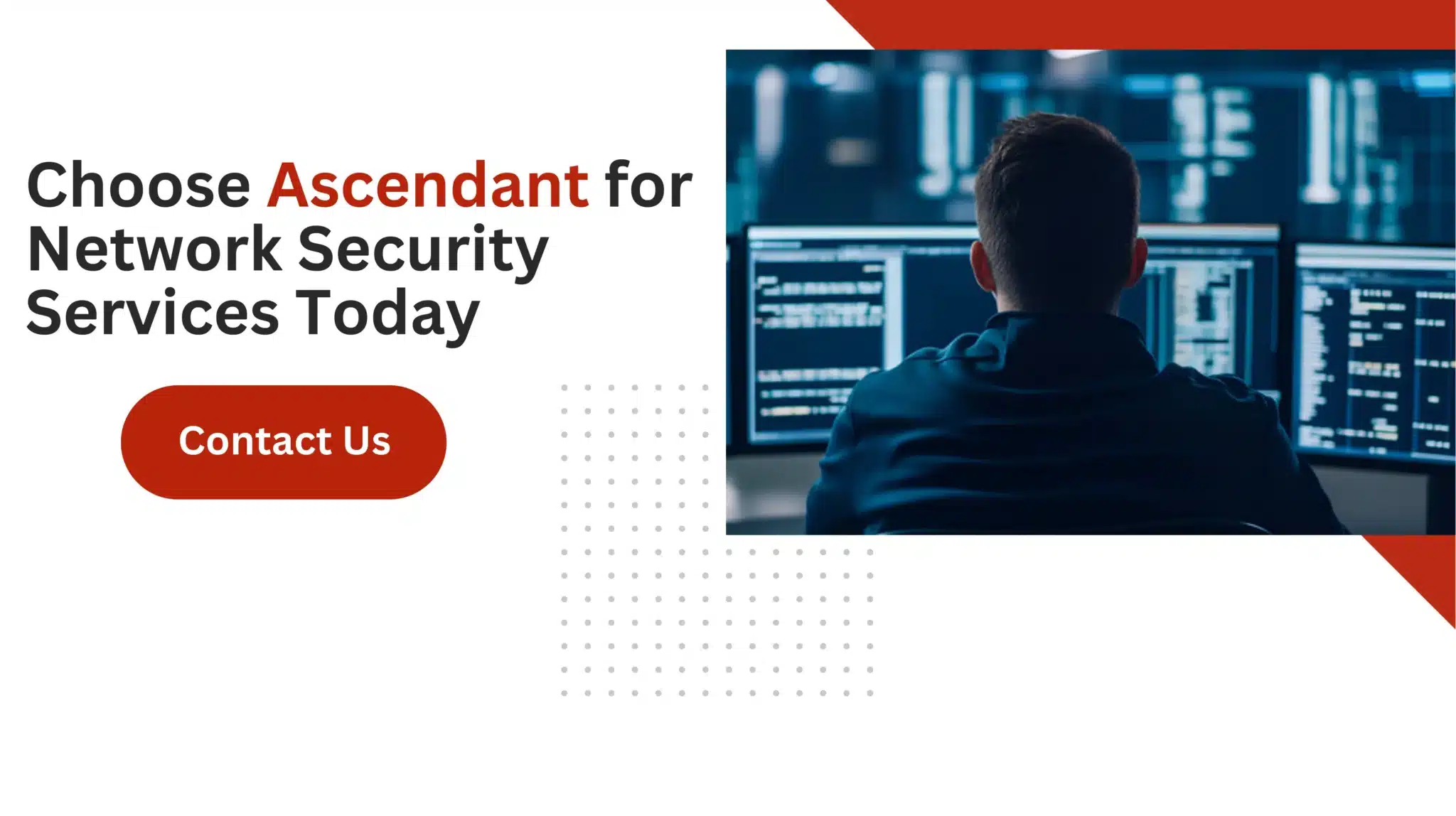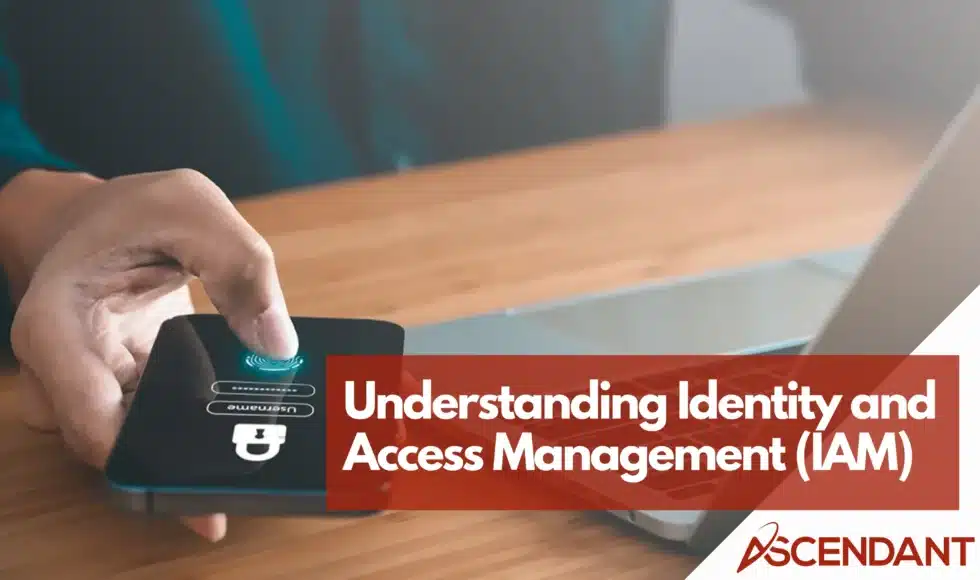Identity and Access Management (IAM) ensures secure access to an organization’s resources. It controls who can access what, reducing security risks and helping comply with regulations. This guide covers IAM basics, its benefits, and how it can protect your data.
Key Takeaways
- Identity and Access Management (IAM) encompasses identity management and access management, ensuring secure access and control over user identities and resources.
- Key processes within IAM, such as authentication and authorization, are crucial for verifying identities and granting access based on established permissions.
- Emerging trends in IAM include decentralized identity frameworks utilizing blockchain technology, which enhance security and user control over personal information.
Understanding Identity and Access Management (IAM)
The framework of Identity and Access Management (IAM) serves the essential purpose of securely managing user identities and granting access throughout various systems. This system is fundamentally comprised of two significant elements: identity management, which deals with creating, storing, and handling identity information. And access management that administers the regulation of user access to different resources. Together they form an integral part of any IAM system by assuring that only authorized individuals have specific resource access when it’s appropriate.
In essence, IAM governs three chief categories of identities:
- Identities related to humans such as employees, customers, or users in general
- Workload identities associated with services or applications requiring resource permissions
- Device identities tied to controlling device privileges within a corporation
Managing these varied types ensures secured permissioned accessibility.
At its heart lies the fundamental goal for IAM—to secure definite assurance that rightful entities gain necessary resource admission at precise times—thereby bolstering security defenses. By achieving this level of synchronization between correct individual-system-resource timing interactions reinforces not just data protection but also supports adherence to compliance mandates while promoting efficient operations.
Key Components of IAM Systems
At the core of every robust IAM system are numerous essential elements that seamlessly interconnect to oversee and regulate access.
Identity management encompasses several activities.
- establishing and preserving identity information
- administering this data, which includes both onboarding (provisioning) and offboarding (deprovisioning) users
- generating and maintaining user accounts
- assigning access permissions within an identity management database through an identity management system
- employing various identity management systems
Maintaining accurate user identities is crucial since inconsistent treatment can open up substantial security vulnerabilities.
Access management holds equal importance by focusing on executing access controls as dictated by set policies. The fundamental components constituting IAM systems comprise managing user identities, performing authentication, authorizing users, applying access control measures, along with conducting audits and generating reports. These integral parts operate in harmony to guarantee that only authenticated individuals who possess proper authorization have the ability to reach certain assets—thus securing the organization’s information and infrastructure.
How IAM Enhances Security

Integrating IAM systems into an organization’s infrastructure can lead to a significant decrease in unauthorized access instances, with three-quarters of companies acknowledging enhanced security post-implementation. By ensuring that the correct individuals gain appropriate resource access as needed, IAM plays a crucial role in thwarting unsanctioned entry and averting possible data violations. It is imperative to continuously monitor and review IAM systems to spot irregularities and maintain compliance standards.
IAM tools serve as a cornerstone for counteracting internal dangers. Half of businesses identify them as their foremost defense against such perils. Nevertheless, insufficient awareness and training regarding IAM protocols can leave employees more susceptible to security threats. Consequently, conducting periodic educational programs on safety consciousness familiarizes personnel with how integral they are in upholding the integrity of IAM mechanisms.
Incorporation of AI and ML technologies within IAM frameworks significantly boosts their capability for spotting deviations from normal patterns while streamlining protective operations through automation—this results not only in heightened safeguard efficiency but also facilitates swift recognition and containment of emergent threats. Amplifying protection measures is the implementation of Zero Trust architecture, which consistently mandates verification processes for all user identity validations and access requests, this approach diligently works towards diminishing overall security hazards.
IAM Processes: Authentication and Authorization
In Identity and Access Management (IAM), authentication serves as the mechanism for confirming an entity’s identity, whether it be a user or a system. This is achieved by checking various credentials, including but not limited to passwords, biometrics data, or other unique identifiers of personal identity. Multifactor authentication (MFA) provides enhanced security measures by demanding several pieces of evidence before granting access, which effectively reduces the likelihood of unauthorized access.
Conversely, authorization is concerned with assessing whether an authenticated entity has the rights to obtain specific resources. It involves scrutinizing established access controls and confirms that entities are only allowed entry into areas they have clear permission for. Understanding this difference is essential. While authentication focuses on establishing who someone is, authorization pertains to what resources that verified individual can legitimately gain entry to based on their authenticated status.
Authentication Mechanisms
Prior to providing system access, IAM authentication protocols confirm the identities of users. Weak password policies and suboptimal credential management can amplify the threat of compromised credentials and subsequent breaches. To counteract this vulnerability, a considerable number of organizations are shifting towards robust multifactor authentication (MFA) solutions that require multiple proofs of identity verification, significantly bolstering security measures.
To traditional methods, passwordless authentication technologies have been gaining popularity for their ability to both heighten security and enhance user experience by doing away with passwords altogether. These advanced techniques include biometric validation utilizing facial recognition or fingerprint identification as well as the use of digital certificates authenticated through digital signatures—offering secure yet user-friendly alternatives compared with old-school systems dependent on passwords.
Authorization Techniques
Access management techniques are critical in guaranteeing that only authorized personnel have access to specific resources. Utilizing role-based access control (RBAC), organizations can allocate permissions according to the roles and responsibilities of users, simplifying the way they manage access.
Maintaining up-to-date and relevant permissions through routine assessments of access rights is essential for security. Failure to perform these reviews may lead to unnecessarily broad privileges or obsolete permissions that pose a threat. Organizations should frequently revise their access policies in order to evaluate potential security risks effectively and safeguard sensitive data against unauthorized access, thereby preserving strong defensive measures against vulnerabilities.
IAM Technologies and Tools
Effective identity and access management are crucial for secure access, and IAM technologies are at the core of these solutions. Tools such as OpenID Connect (OIDC) identity providers facilitate trust between external identities and AWS resources by leveraging trusted root certificate authorities to authenticate TLS certificates from these providers, ensuring protected transactions.
Organizations looking to establish an IAM OIDC identity provider must possess a distinct URL along with a client ID that is recognized by the identity provider. It’s imperative that during setup, the audience claim found in JWTs aligns precisely with its intended targets.
The deployment of such technologies and tools is instrumental in managing secure access rights effectively. They ensure that permissions allocated to users following successful authentication reflect accurately across systems.
Implementing IAM Solutions
To guarantee security and adhere to compliance standards, it’s important to adopt a strategic method when setting up IAM frameworks. Crucial in this strategy is the establishment of robust password protocols which aid in reducing the likelihood of account breaches. The practice of least privilege should be employed rigorously to restrict user access rights only to what is necessary, thus decreasing the chances for abuse.
Strengthening the IAM framework entails actions such as adjusting firewalls appropriately, executing encryption measures, and instituting zero trust models that require ongoing verification for access.
It’s essential to persistently monitor system activity so as to promptly spot attempts at unauthorized entry and observe user activities with immediacy, ensuring real-time oversight.
Regulatory Compliance with IAM
IAM security systems play a vital role in helping organizations adhere to stringent regulatory standards such as SOX, HIPAA, and GDPR. They accomplish this by managing data access rights and automating the generation of compliance reports. By providing comprehensive protection and mitigating risks, these solutions ensure that businesses comply with legal and industry-specific mandates.
For adherence to HIPAA regulations, IAM frameworks are designed to restrict access to confidential health information contingent upon the user’s identity and intended use. The automation features within these solutions are indispensable for simplifying the process of regulatory reporting while ensuring conformity with established guidelines. Such capabilities do more than just ease compliance workload. They also bolster overall system security.
Cloud vs. On-Premises IAM
Choosing between on-premises and cloud-based IAM systems hinges on considerations such as expense, the degree of control desired, and adaptability. On-premises IAM often requires a substantial initial investment along with continued costs for upkeep, while cloud-based IAM is typically tied to periodic subscription charges that lessen the responsibility for infrastructure management.
Services related to cloud-based IAM deliver uniformity in user experiences and support work from remote locations effectively, which aligns well with contemporary geographically dispersed teams. They are designed to integrate effortlessly with an array of applications found in the cloud environment, thereby offering scalability and adaptability.
On the other hand, on-premises solutions grant organizations complete authority over their security protocols by permitting them freedom in selecting both software and hardware without any limitations imposed by external cloud service providers.
Emerging Trends in IAM
The field of Identity and Access Management (IAM) is perpetually shifting as fresh trends and advancements redefine its trajectory. By harnessing the power of blockchain technology, decentralized identity systems are being developed to establish secure, immutable methods for confirming identities. This method prioritizes user sovereignty regarding their private data, thereby improving both security and confidentiality.
Incorporating blockchain into the process of identity verification serves to maintain the accuracy of data while thwarting illicit access. Such pioneering developments in IAM hold the potential to significantly bolster existing frameworks with more potent and centered around-the-user security provisions.
Common Challenges and Risks in IAM
Implementing IAM, while advantageous, introduces various challenges and potential risks. Improper settings may unveil security flaws. Thus, conducting frequent penetration tests is crucial to pinpoint and rectify such vulnerabilities. If access isn’t quickly withdrawn after employees transition into different roles or depart from the company, it can lead to substantial security gaps.
A common difficulty faced by many organizations is upholding multifactor authentication with regularity—its absence amplifies the risk of account compromises. To tackle these obstacles effectively necessitates an active management strategy for IAM that encompasses continual scrutiny and modifications to existing security protocols.
Choosing the Right IAM Vendor
Selecting an appropriate IAM vendor is essential for effective implementation of the system. It’s vital to assess if the vendor can support centralized management spanning various platforms, enabling the IAM system to efficiently control user identities and their access across an enterprise.
It’s crucial to take into account whether the vendor offers adaptable solutions that can be modified according to distinct industry demands and compliance standards. Opting for a vendor that matches organizational objectives as well as complies with regulatory frameworks ensures businesses are able to deploy robust and secure IAM systems.
Summary
IAM is a critical component of modern security strategies, providing the tools and processes needed to manage user identities and control access to resources effectively. From understanding the basics of IAM to exploring advanced technologies and implementation strategies, this guide has covered the essential aspects of IAM.
By adopting robust IAM solutions, organizations can enhance security, ensure regulatory compliance, and improve operational efficiency. As IAM continues to evolve, staying informed about emerging trends and best practices will be key to maintaining a strong security posture.
 Frequently Asked Questions
Frequently Asked Questions
What is IAM?
Access management is a fundamental framework that upholds the security and oversight of user identities within various systems. It guarantees that access to resources is appropriately granted only to those who have authorization, maintaining effective identity and access control.
What are the key components of IAM systems?
The key components of IAM systems are user identity management, authentication, authorization, access control, auditing, and reporting. Each component plays a crucial role in ensuring secure access to resources.
How does IAM enhance security?
By implementing IAM, security is bolstered as it ensures that only authorized persons have access to resources, significantly reducing the chance of unauthorized access and the likelihood of data breaches.
What are the benefits of cloud IAM over on-premises IAM?
Cloud IAM offers reduced infrastructure maintenance costs, a consistent user experience, and enhanced facilitation of remote work, along with better integration with various cloud applications.
Thus, it provides increased flexibility and efficiency compared to on-premises IAM systems.
What are some emerging trends in IAM?
Emerging trends in IAM include the use of blockchain technology and decentralized identity frameworks for robust and secure verification, which bolsters transparency and security within identity management.

